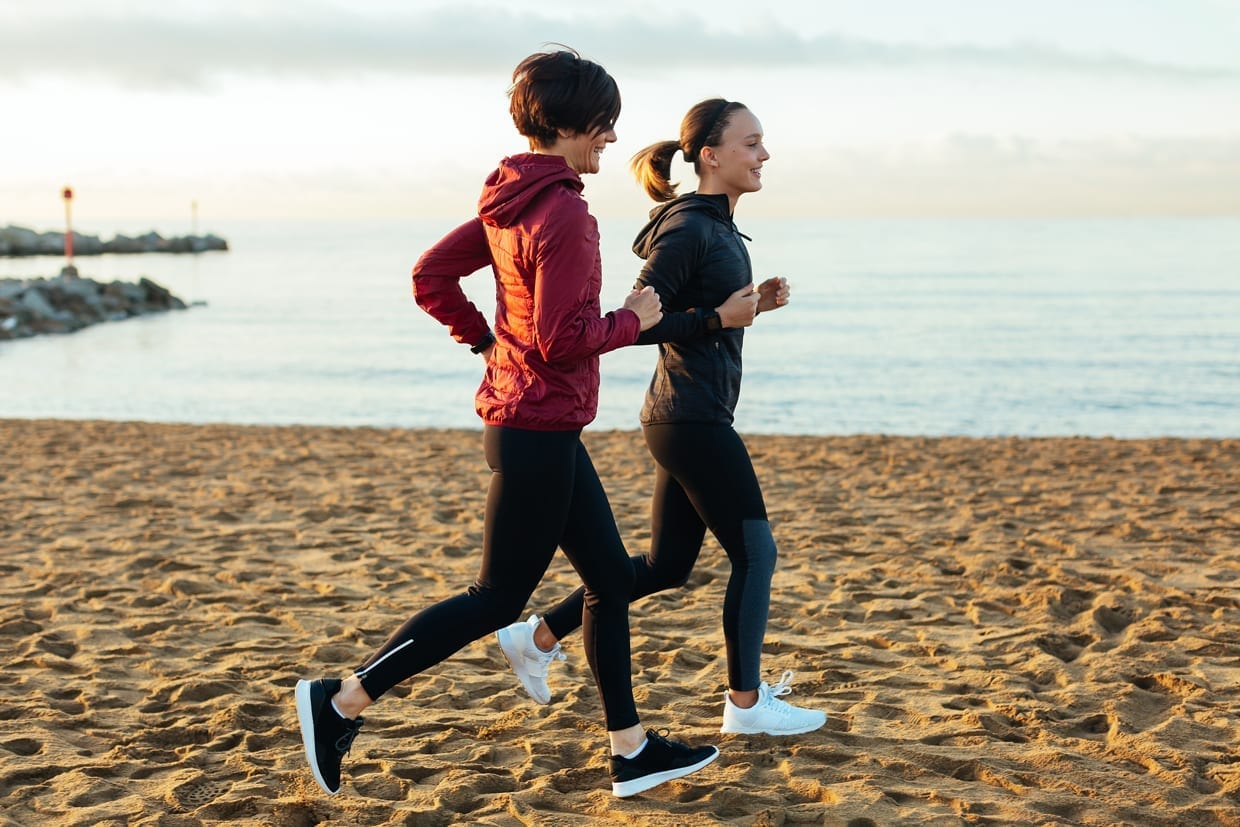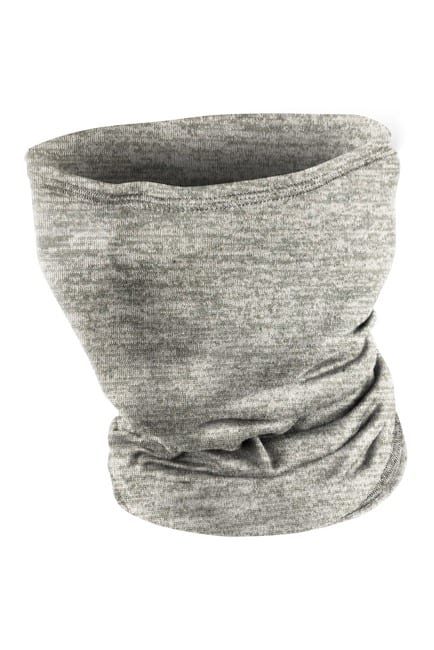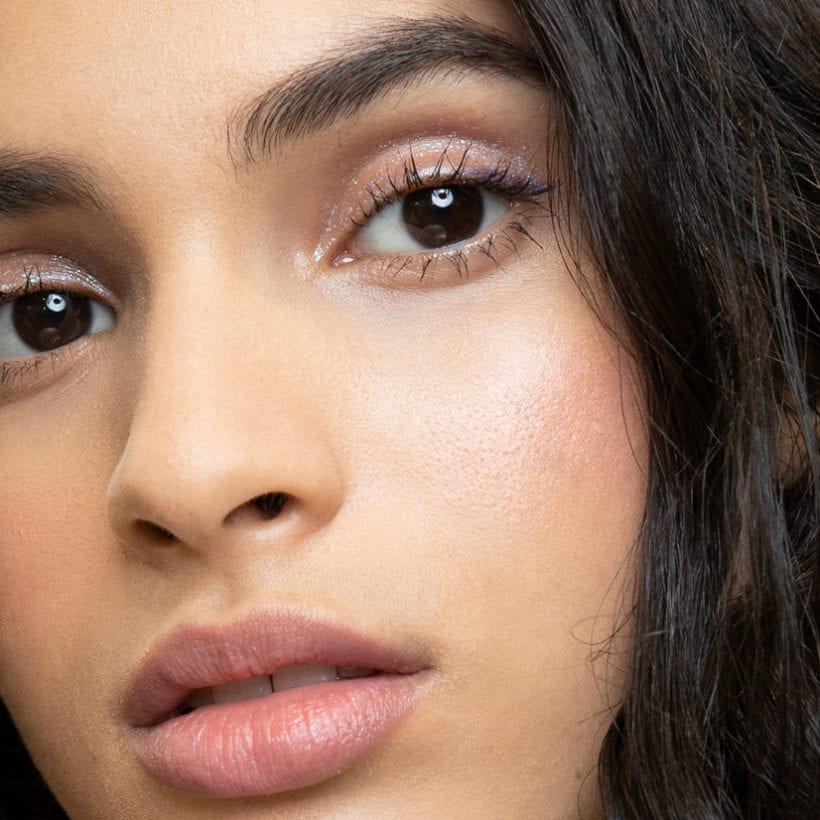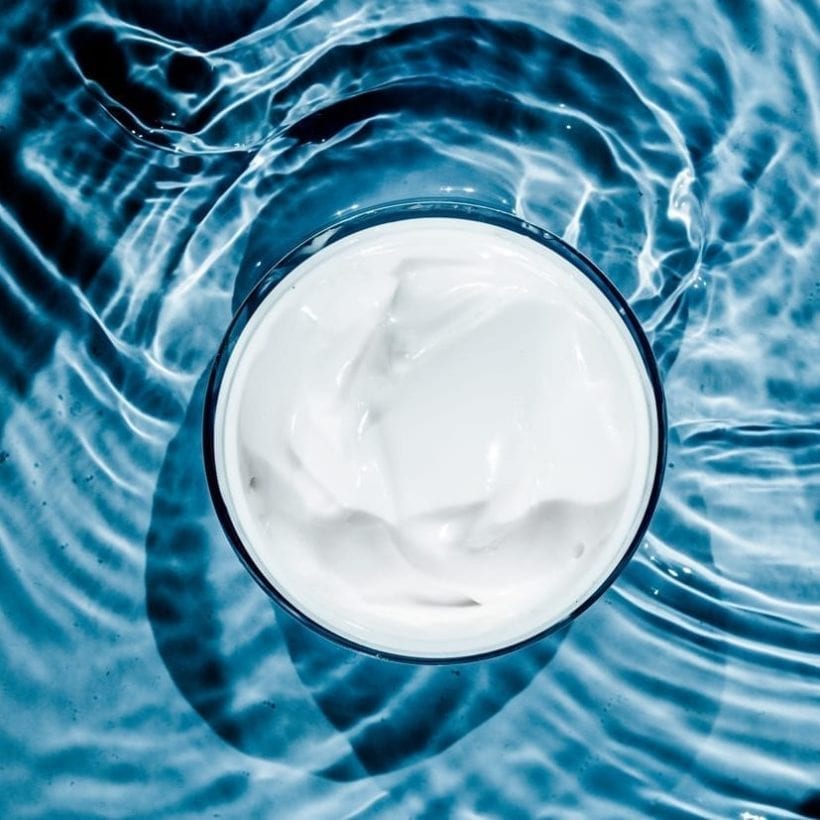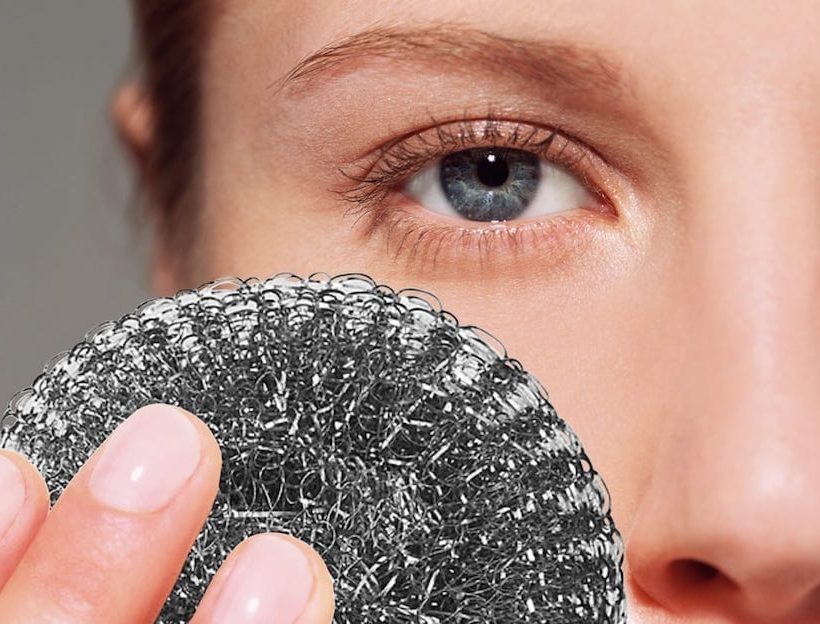The “runner’s face” is getting an upgrade. At one time, the term “runner’s face” was originally thought to come from “the repetitive pounding and bouncing of running pulled on the face leading to a facial appearance that was gaunt, extraordinarily thin, and sagging,” says Keira Barr, M.D., a board-certified dermatologist and former ultra-marathoner. But the motion of running is not actually to blame for this look.
“A major contributing factor is chronic exposure to environmental elements like UV exposure and air pollution,” says Barr. “Exposure to these elements generates free radicals and resultant oxidative stress that causes a breakdown of skin collagen and elastin leading to skin sagging, fine lines and wrinkles.” On top of that, “excessive exposure to the sun’s damaging radiation can also cause thickened skin, uneven pigmentation and pre-cancerous and cancerous lesions,” adds Barr, noting that the weight loss that also comes with running can cause facial changes.
Spending time outdoors can be a good thing, too much time can lead to repercussion.
So while spending time outdoors breathing in the fresh air can be a good thing, too much time can lead to repercussions. “Skin can also burn from the wind, increasing one’s risk for skin cancer in addition to premature aging of the skin,” says Board-certified Dermatologist, Robin Evans, M.D.“Chronic windburn damages the skin [and] leads to dryness and irritation to the skin, which can lead to cosmetic changes resulting in premature aging of the skin,” she notes, adding that windburn coupled with sunburn could lead to increased skin cancer risk as well.
And even though vitamin D received during sun exposure is beneficial, a few factors should be considered when spending time outdoors. “It depends on skin type, how easily one burns, how fair one’s skin is, and what one’s overall risk for skin cancer is,” notes Evans. “There are differences in different individual’s bodies to metabolize vitamin D. The best thing to do is to do laboratory testing to check one’s vitamin D level to assess one’s baseline and supplement with oral [vitamin] D3 at doses that meet the needs of the individual.”
On top of that, runners might also be at risk of developing acne as excess sweat combined with dirt and bacteria might lead to clogged pores.
How to Protect the Skin on an Outdoor Run
Consider the time: As it turns out, something as simple as considering the time of day you run can protect your skin from the sun. “Try to run earlier in the morning or later in the day to avoid peak sun hours,” says Evans.
Apply sunscreen: Whether it is summer or winter, sunscreen should always be considered for outdoor exercise. Evans says sunscreen should be applied before running and to use a “broad-spectrum with titanium dioxide or micronized zinc in at least 7-10 percent.” Barr says to look for a sunscreen with SPF 30 or higher and make sure to apply to your exposed parts such as your face, neck, chest, hands, arms, ears and scalp.
Moisturize with ceramides: “Ceramides are a type of fat that is found naturally in high concentrations in the uppermost layers of skin which make up 50 percent of skin’s composition,” explains Barr. “Ceramides play a big role in forming a protective layer for the skin that limits transepidermal water loss and help reinforce the skin’s barrier. Creams that contain ceramides help replenish our innate supply which gets depleted from environmental exposure like running outdoors so that our skin can stay hydrated and resilient.”
Protect with clothing: Protecting your complexion with a baseball hat is another great way to protect the skin while on an outdoor run. Additionally, Evans says to “wear a lightweight long sleeve shirt” and “cover-up as best as you can” when running in sunny conditions. That said, it is also important to cover-up in winter weather, too.
“If the weather is cold, be sure to wear gloves and proper clothing to protect your skin all over your body,” says Evans. Doing so can help shield the skin from chapping caused by dry, cold weather as well as wind.
Herbal supplements: Barr and Evans both recommend doubling up on sun protection with herbal supplements. “Add a boost to your sun protection by taking supplements known to decrease your risk of burn and support your skin’s ability to recover from sun damage,” says Barr. And Evans swears by Heliocare, a natural antioxidant herbal supplement and recommends taking “15-20 minutes before going out for a run [as it] will increase sun protection in combination with topical sunscreen.” The active ingredient in Heliocare is Polypodium Leucotomos “which is an herb that boosts the body’s own antioxidant ability to protect from sun damage,” explains Evans. In addition to Heliocare, Barr recommends Astaxanthin, which is “a carotenoid [that] is 10 times as potent as beta-carotene and 100 times stronger than vitamin E in its anti-inflammatory capabilities [and] has been shown to protect against UVA-induced DNA damage.” Niacinamide is another supplement to have on your radar as it “both plays a role in boosting the immune system’s ability to repair DNA damage and reduces UV-induced immunosuppression,” says Barr.
Get a good night’s rest: What does sleep have to do with running outdoors? According to Barr, a lot.
“Melatonin is one of the body’s most important hormones which is only [naturally] generated when you sleep,” she remarks. “When it comes to your skin, melatonin plays a significant role in helping protect it from UV radiation and the resulting DNA damage,” says Barr. “It’s considered one of your body’s most potent antioxidants that have been shown to be a stronger scavenger of free radicals than vitamin C or E, both of which have been used to treat cell damage,” she adds, noting that “prioritizing quality sleep consistently helps block the damaging effects of UV rays.”
Feed your skin: “Your body has an innate antioxidant reserve to help protect itself, but UV exposure and other environmental factors like air pollution can quickly deplete it,” says Barr. “This results in cellular and DNA damage which increases your risk of developing melanoma and non-melanoma skin cancer,” she adds. “Filling your plate with veggies like tomatoes, sweet potatoes, carrots, and pomegranate will add powerful antioxidants to your diet and boost your reserves.”

Drink coffee: Drinking a cup of coffee is probably already part of your daily regimen, but its benefits go far beyond a spike of energy. “Caffeine gets a bad rap, but don’t switch to decaf yet because your skin can reap some benefits, especially when it comes to spending time outdoors,” says Barr. “Researchers have found a lower risk for basal cell carcinoma as well as lowering the risk of melanoma from higher consumption of caffeinated coffee,” she adds.
